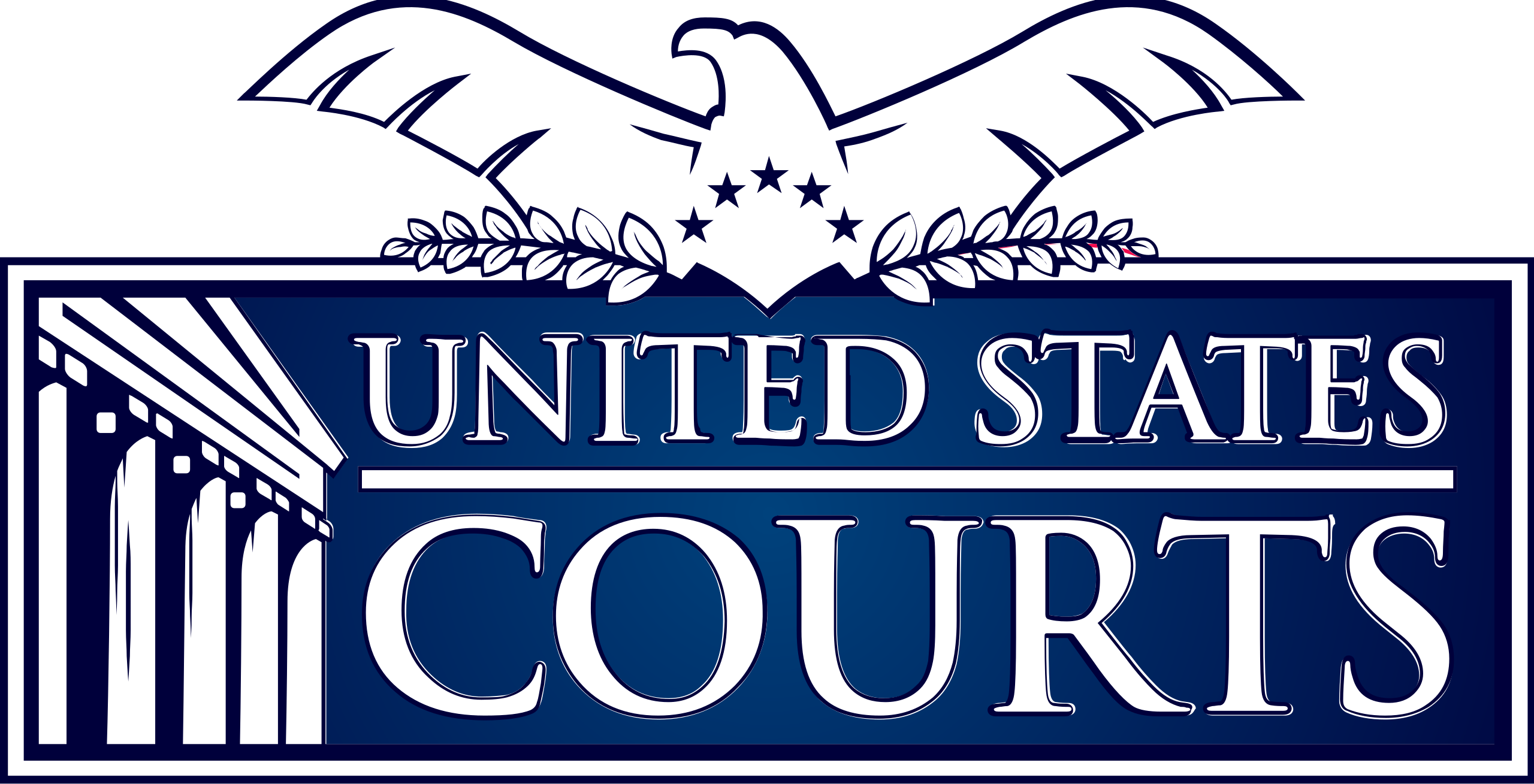Live IRS Appraisal Checklist
Introduction
AppraiseItNow is excited to share the definitive guide to IRS Form 8283 appraisals for practicing appraisers.
Navigating the appraisal requirements for IRS Form 8283 can be a complex. As professionals tasked with valuing noncash charitable contributions, appraisers play a pivotal role in ensuring donors can claim their tax deductions while adhering to IRS regulations. Form 8283, used to report noncash donations exceeding $500, requires accurate valuations, detailed documentation, and compliance with strict guidelines to avoid disallowed deductions or potential audits.
This guide provides a comprehensive overview of the key responsibilities appraisers have when completing Form 8283, including qualified appraisal standards, common pitfalls to avoid, and specific requirements for high-value or specialized asset types.
When does a non-cash charitable contribution require an appraisal?
If claiming a deduction exceeding $5,000, then the donor will need a "qualified appraisal" and a signature from a "qualified appraiser" in Section B of the IRS Form 8283.
The donor will need an appraisal in any of (but not limited to) these situations:
- Property donations valued at more than $5,000
- Art donations valued at $20,000 or more (must attach complete signed appraisal report)
- Clothing or household items not in good used condition valued at over $500
- Donations of more than $500,000 for any single item or group of similar items (must attach complete signed appraisal report)
Items reportable in Section B require a written qualified appraisal by a qualified appraiser.
Section B requires more detailed information, including qualified appraisal details, and is used for high-value items, such as art, real estate, or collectibles.
This section must be used for:
- High-Value Items
- Any single item valued over $5,000
- Groups of similar items with a combined value over $5,000
- Even if items are donated to different organizations, they must be reported in Section B if their total value exceeds $5,000
- Special Property Categories
- Artwork valued at $20,000 or more (requires complete signed appraisal attached)
- Single articles of clothing or household items not in good used condition valued over $500
- Conservation easements on buildings in historic districts
- Donations with restrictions or conditions attached
- Partial Interest Donations
- When you donate less than your entire interest in a property
- Remainder interests in property
- Conservation easements
- Fractional interests
How many IRS Form 8283s should I prepare for my client?
One IRS Form should be provided for each donee that your client is donating their assets to.
Let's say the following is donated:
- Books worth $2,000 to College A
- Books worth $2,500 to College B
- And books worth $900 to College C
The total value equals $5,400, so Section B would be required.
Additionally, you would need to make sure that separate Section B Forms are prepared for each organization, as each donee will sign the "Donee Acknowledgement" section of the forms. (The donee is the organization that the goods are donated to).
Timing Requirements for Charitable Donation Appraisals
The IRS maintains strict timing requirements for qualified appraisals to ensure accurate and timely valuations.
The appraisal must be performed no earlier than 60 days before the date of the donation and no later than the due date (including extensions) of the tax return on which your client first claims the deduction.
If your client plans to donate the items after having the appraisal completed, then they will have 60 days from that point to make the donation. If they miss that 60-day deadline, the original appraisal provided by you will be invalid and you will need to update the qualified appraisal based on the final date of donation (effective date).
What Makes a Qualified Appraisal for IRS Purposes?
A qualified appraisal must meet specific IRS standards under Treasury Regulations section 1.170A-17(a) and (b). The appraisal must:
- Be prepared according to generally accepted appraisal standards, following the substance and principles of the Uniform Standards of Professional Appraisal Practice (USPAP).
- The document must be detailed enough that a person unfamiliar with the property could understand how the appraiser arrived at their valuation.
- Not be based on withheld or misrepresented information that would impact the appraiser's value conclusion.
IRS Qualified Appraisal Checklist
A qualified appraisal must include several specific elements to satisfy IRS requirements:
- Detailed description of the property, including physical condition and any relevant documentation
- The valuation effective date, which is the date to which the appraisal applies.
- For an appraisal report dated before the contribution date, the valuation effective date must be no earlier than 60 days before the contribution date and no later than the contribution date. For an appraisal report dated on or after the contribution date, the valuation effective date must be the contribution date.
- The date the property was valued (appraisal date)
- Terms of any agreements relating to the property's use or disposition
- Appraiser's name, qualifications, and taxpayer identification number
- Appraiser's signature and declaration of competency
- The specific valuation method used (market approach, income approach, or cost approach)
- The specific basis for the valuation, such as comparable sales or statistical sampling
- The appraised fair market value (within the meaning of Reg. §1.170A-1(c)(2)) of the property on the valuation effective date.
- A declaration that, because of the appraiser’s education and experience, the appraiser is qualified to make appraisals of the type of property being valued.
- A statement that the appraisal was prepared for income tax purposes
- Any restrictions on the property's use or marketability
Additionally, AppraiseItNow recommends including a USPAP Certifying statement as defined in the next section.
Additional Considerations
For art objects valued at $20,000 or more, additional documentation is required, including clear photographs of a quality sufficient to establish the art's authenticity. The appraisal must also explain how various factors, such as the artwork's provenance, condition, and market data, influenced the final valuation.
Each of these requirements serves to create a comprehensive record that supports your charitable deduction and helps prevent overvaluation of donated property. Meeting all these requirements may seem demanding, but they protect both the taxpayer and the tax system's integrity.
USPAP Certifying Statements
At AppraiseItNow, we make sure to include this USPAP Certification on all of our reports.
I certify that, to the best of my knowledge and belief:
- The statements of fact contained in this report are true and correct.
- The reported analyses, opinions, and conclusions are limited only by the reported assumptions and limiting conditions and are my personal, impartial, and unbiased professional analyses, opinions, and conclusions.
- I have no present or prospective interest in the property that is the subject of this report, and no personal interest with respect to the parties involved.
- I have performed no services, as an appraiser or in any other capacity, regarding the property that is the subject of this report within the three-year period immediately preceding the agreement to perform this assignment.
- I have no bias with respect to the property that is the subject of this report or to the parties involved with this assignment.
- My engagement in this assignment was not contingent upon developing or reporting predetermined results.
- My compensation for completing this assignment is not contingent upon the development or reporting of a predetermined value or direction in value, the amount of the value opinion, the attainment of a stipulated result, or the occurrence of a subsequent event directly related to the intended use of this appraisal.
- My analyses, opinions, and conclusions were developed, and this report has been prepared, in conformity with the Uniform Standards of Professional Appraisal Practice.
- I have not made a personal inspection of the property that is the subject of this report.
- No one provided significant professional assistance to the person signing this certification.
Qualified Appraiser Criteria
According to IRS regulations, a qualified appraiser must meet specific criteria to be eligible to perform appraisals for charitable contribution deductions. Here are the key requirements:
Education and Experience
A qualified appraiser must meet one of these two qualification paths:
Professional Designation Route
- Has earned a recognized appraiser designation from a generally recognized professional appraiser organization for demonstrated competency in valuing the type of property being appraised
Education and Experience Route
- Has completed professional or college-level coursework in valuing the specific type of property
- Has at least 2 years of experience valuing that type of property
- Education must be from:
- A professional/college-level educational organization
- A recognized professional trade or appraiser organization
- An employer as part of an apprenticeship/education program
Professional Requirements
- Must regularly prepare appraisals for payment
- Must provide their taxpayer identification number (EIN or SSN)
- Must make a formal declaration in the appraisal about their qualifications
- Must specify their education and experience with the specific property type being valued
Disqualifying Factors
An appraiser cannot be:
- The donor or taxpayer claiming the deduction
- The donee organization or its employees
- Party to the transaction in which the donor acquired the property
- Anyone prohibited from practicing before the IRS in the past three years
- Family members or related parties to the donor/donee
- Anyone who receives a prohibited fee based on a percentage of the appraised value
Declarations Required
The appraiser must formally declare that:
- They understand their appraisal will be used for tax purposes
- They acknowledge potential penalties for substantial valuation misstatements
- They have not been barred from presenting evidence to the IRS
- Their fee arrangement is not based on a percentage of the appraised value
These requirements ensure that appraisals are performed by qualified, independent professionals who can provide unbiased valuations for charitable contribution purposes.
Conclusion
Completing appraisals for IRS Form 8283 requires precision, thoroughness, and a deep understanding of both IRS guidelines and professional standards like the Uniform Standards of Professional Appraisal Practice (USPAP). As an appraiser, your role is critical in ensuring that donors can successfully claim their charitable deductions while minimizing the risk of disallowed claims or audits.
By adhering to IRS requirements for qualified appraisals and appraiser qualifications, as well as following USPAP standards for ethical and competent appraisal practices, you can provide accurate valuations and maintain professional integrity. Special considerations, such as unique property types or high-value donations, demand even greater attention to detail and compliance.
Incorporating the guidance and checklist provided in this article into your appraisal process will help you meet these standards, build trust with clients, and avoid potential legal or professional pitfalls. Staying informed about current IRS and USPAP regulations ensures that your work remains compliant, credible, and valuable in facilitating charitable contributions.
Sources
- Goldman Sachs Ayco: Guidance for the Charitable Appraiser
- IRS Form 8283
- IRS Publication 561
- IRS Instructions for Form 8283











